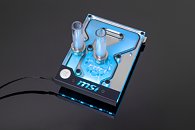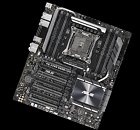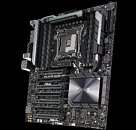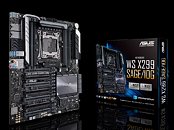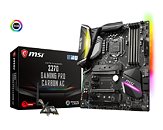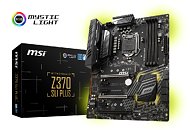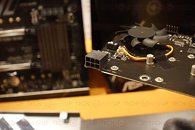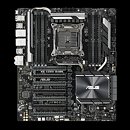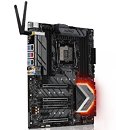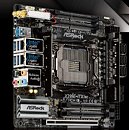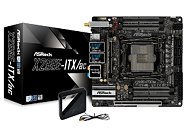
AMD Ryzen Threadripper 2990WX Cinebench Numbers Out
AMD France blurted out the Cinebench R15 score of the upcoming Ryzen Threadripper 2990WX 32-core/64-thread HEDT processor. The web-design team of AMD's French website inadvertently posted Cinebench R15 numbers of the 2990WX, along with their own tested numbers of Intel's current flagship, the Core i9-7980XE. Cinebench is AMD's favorite multi-threaded benchmark, and it should come as no surprise that its new 32-core/64-thread 2990WX absolutely smashes the 18-core/36-thread i9-7980XE.
The Ryzen Threadripper 2990WX has an nT (multi-threaded) score of 5,099 points, compared to 3,355 points scored by the i9-7980XE. The comparison saw memory (4x 8 GB DDR4-3200), graphics (NVIDIA GTX 1080), and storage (Samsung 850 Pro) constant between the two machines. The Intel machine featured a GIGABYTE X299 Aorus Gaming 9 motherboard, while the AMD machine used an unnamed socket TR4 motherboard. CPU cooling was not mentioned. AMD was, of course, quick to redact the web-page, but the Internet never forgets.
The Ryzen Threadripper 2990WX has an nT (multi-threaded) score of 5,099 points, compared to 3,355 points scored by the i9-7980XE. The comparison saw memory (4x 8 GB DDR4-3200), graphics (NVIDIA GTX 1080), and storage (Samsung 850 Pro) constant between the two machines. The Intel machine featured a GIGABYTE X299 Aorus Gaming 9 motherboard, while the AMD machine used an unnamed socket TR4 motherboard. CPU cooling was not mentioned. AMD was, of course, quick to redact the web-page, but the Internet never forgets.









